Search
07196 Pitting Corrosion Problems of Stainless Steels in a PTA Plant
Also Purchased
07189 Extending the Application Range of Super Duplex Stainless Steels
Product Number:
51300-07189-SG
ISBN:
07189 2007 CP
Publication Date:
2007
$20.00
07198 Stainless Steel Pitting in Chloride-Sulfate Solutions - The Role of Cations
Product Number:
51300-07198-SG
ISBN:
07198 2007 CP
Publication Date:
2007
$20.00
11255 Pitting Corrosion Mechanisms of Lean Duplex, Duplex and Super Duplex Stainless Steels in Chloride Solutions
Product Number:
51300-11255-SG
ISBN:
2011 11255 CP
Publication Date:
2011
$20.00




